Jeep Avenger vs Dacia Bigster – Performance, range & efficiency compared
Costs and Efficiency:
When it comes to price and running costs, the biggest differences usually appear. This is often where you see which car fits your budget better in the long run.
Dacia Bigster has a slight advantage in terms of price – it starts at 20600 £, while the Jeep Avenger costs 21900 £. That’s a price difference of around 1380 £.
Fuel consumption also shows a difference: Dacia Bigster manages with 4.70 L and is therefore barely noticeable more efficient than the Jeep Avenger with 4.90 L. The difference is about 0.20 L per 100 km.
Engine and Performance:
Power, torque and acceleration are the classic benchmarks for car enthusiasts – and here, some clear differences start to show.
When it comes to engine power, the Jeep Avenger has a minimal edge – offering 156 HP compared to 155 HP. That’s roughly 1 HP more horsepower.
In acceleration from 0 to 100 km/h, the Jeep Avenger is slight quicker – completing the sprint in 9 s, while the Dacia Bigster takes 9.70 s. That’s about 0.70 s faster.
In terms of top speed, the Jeep Avenger performs barely noticeable better – reaching 194 km/h, while the Dacia Bigster tops out at 180 km/h. The difference is around 14 km/h.
There’s also a difference in torque: Jeep Avenger pulls slightly stronger with 260 Nm compared to 230 Nm. That’s about 30 Nm difference.
Space and Everyday Use:
Cabin size, boot volume and payload all play a role in everyday practicality. Here, comfort and flexibility make the difference.
Both vehicles offer seating for 5 people.
In curb weight, Jeep Avenger is noticeable lighter – 1180 kg compared to 1425 kg. The difference is around 245 kg.
In terms of boot space, the Dacia Bigster offers significantly more room – 667 L compared to 380 L. That’s a difference of about 287 L.
In maximum load capacity, the Dacia Bigster performs distinct better – up to 1937 L, which is about 660 L more than the Jeep Avenger.
When it comes to payload, Jeep Avenger hardly perceptible takes the win – 502 kg compared to 467 kg. That’s a difference of about 35 kg.
Who wins the race?
The Dacia Bigster proves to be won narrowly and therefore becomes our DriveDuel Champion!
Dacia Bigster is the better all-rounder in this comparison.
Costs and Consumption
View detailed analysis
Engine and Performance
View detailed analysis
Dimensions and Body
View detailed analysis
 @ Dacia / Renault Group Media
@ Dacia / Renault Group Media
Dacia Bigster
Jeep Avenger
The Jeep Avenger shrinks Jeep's boxy, adventurous styling into a city-friendly electric crossover that looks just as at home on tight streets as it does on muddy weekend lanes. It's a savvy pick for drivers who want go-anywhere attitude without the truck-size ego — practical inside, lively around town and ready to tackle a bit of rough stuff when the mood strikes.
details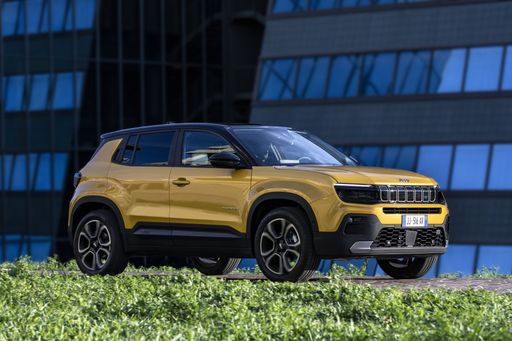 @ Jeep / Stellantis Media
@ Jeep / Stellantis Media
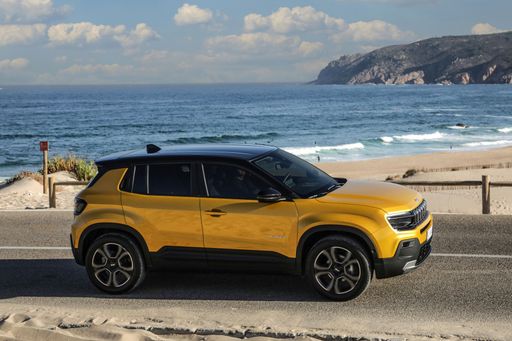 @ Jeep / Stellantis Media
@ Jeep / Stellantis Media
 @ Jeep / Stellantis Media
@ Jeep / Stellantis Media
 @ Jeep / Stellantis Media
@ Jeep / Stellantis Media
 @ Jeep / Stellantis Media
@ Jeep / Stellantis Media
Dacia Bigster
The Bigster is poised to redefine the SUV segment with its bold design and spacious interior, catering to the needs of both families and adventure seekers alike. Emphasizing sustainability and practicality, this model reflects a modern approach to automotive engineering, making it a compelling choice for environmentally conscious drivers. With its striking presence on the road, the Bigster not only captures attention but also embodies a new era of versatile mobility.
details @ Dacia / Renault Group Media
@ Dacia / Renault Group Media
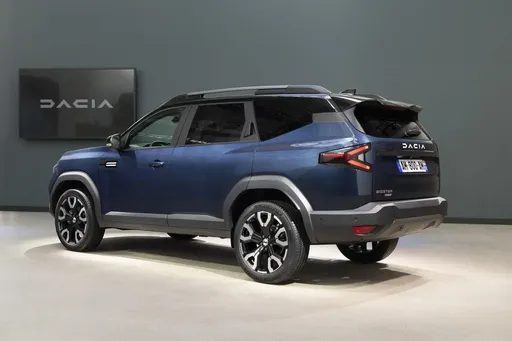 @ Dacia / Renault Group Media
@ Dacia / Renault Group Media
 @ Dacia / Renault Group Media
@ Dacia / Renault Group Media
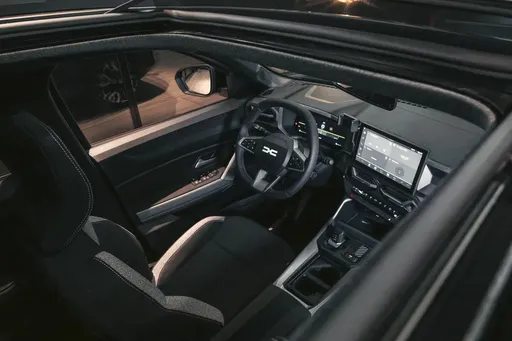 @ Dacia / Renault Group Media
@ Dacia / Renault Group Media
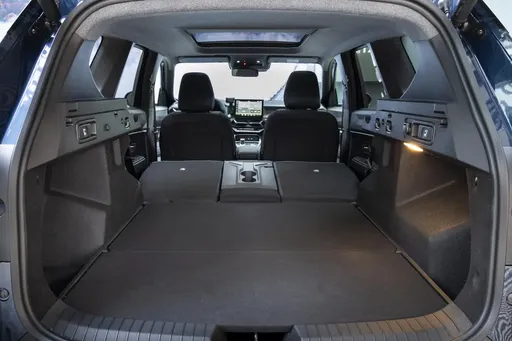 @ Dacia / Renault Group Media
@ Dacia / Renault Group Media
 @ Jeep / Stellantis Media
@ Jeep / Stellantis Media
|
 @ Dacia / Renault Group Media
@ Dacia / Renault Group Media
|
|
|
|
Costs and Consumption |
|
|---|---|
|
Price
21900 - 36900 £
|
Price
20600 - 26600 £
|
|
Consumption L/100km
4.9 - 5.7 L
|
Consumption L/100km
4.7 - 7.1 L
|
|
Consumption kWh/100km
15.50 kWh
|
Consumption kWh/100km
-
|
|
Electric Range
400 km
|
Electric Range
-
|
|
Battery Capacity
51 kWh
|
Battery Capacity
-
|
|
co2
0 - 129 g/km
|
co2
106 - 137 g/km
|
|
Fuel tank capacity
44 L
|
Fuel tank capacity
50 - 55 L
|
Dimensions and Body |
|
|---|---|
|
Body Type
SUV
|
Body Type
SUV
|
|
Seats
5
|
Seats
5
|
|
Doors
5
|
Doors
5
|
|
Curb weight
1180 - 1520 kg
|
Curb weight
1425 - 1547 kg
|
|
Trunk capacity
325 - 380 L
|
Trunk capacity
510 - 667 L
|
|
Length
4084 - 4088 mm
|
Length
4570 mm
|
|
Width
1776 mm
|
Width
1813 mm
|
|
Height
1527 - 1541 mm
|
Height
1705 mm
|
|
Max trunk capacity
1218 - 1277 L
|
Max trunk capacity
1813 - 1937 L
|
|
Payload
494 - 502 kg
|
Payload
383 - 467 kg
|
Engine and Performance |
|
|---|---|
|
Engine Type
Electric, Petrol, Petrol MHEV
|
Engine Type
Petrol MHEV, Full Hybrid, LPG
|
|
Transmission
Automatic, Manuel
|
Transmission
Manuel, Automatic
|
|
Transmission Detail
Reduction Gearbox, Manual Gearbox, Dual-Clutch Automatic
|
Transmission Detail
Manual Gearbox, Automated Manual
|
|
Drive Type
Front-Wheel Drive, All-Wheel Drive
|
Drive Type
All-Wheel Drive, Front-Wheel Drive
|
|
Power HP
100 - 156 HP
|
Power HP
130 - 155 HP
|
|
Acceleration 0-100km/h
9 - 10.6 s
|
Acceleration 0-100km/h
9.7 - 11.2 s
|
|
Max Speed
150 - 194 km/h
|
Max Speed
180 km/h
|
|
Torque
205 - 260 Nm
|
Torque
230 Nm
|
|
Number of Cylinders
3
|
Number of Cylinders
3 - 4
|
|
Power kW
74 - 115 kW
|
Power kW
96 - 115 kW
|
|
Engine capacity
1199 cm3
|
Engine capacity
1199 - 1799 cm3
|
General |
|
|---|---|
|
Model Year
2023 - 2025
|
Model Year
2025
|
|
CO2 Efficiency Class
A, D, C
|
CO2 Efficiency Class
E, D, C
|
|
Brand
Jeep
|
Brand
Dacia
|
What drivetrain options does the Jeep Avenger have?
Available configurations include Front-Wheel Drive or All-Wheel Drive.
The prices and data displayed are estimates based on German list prices and may vary by country. This information is not legally binding.
